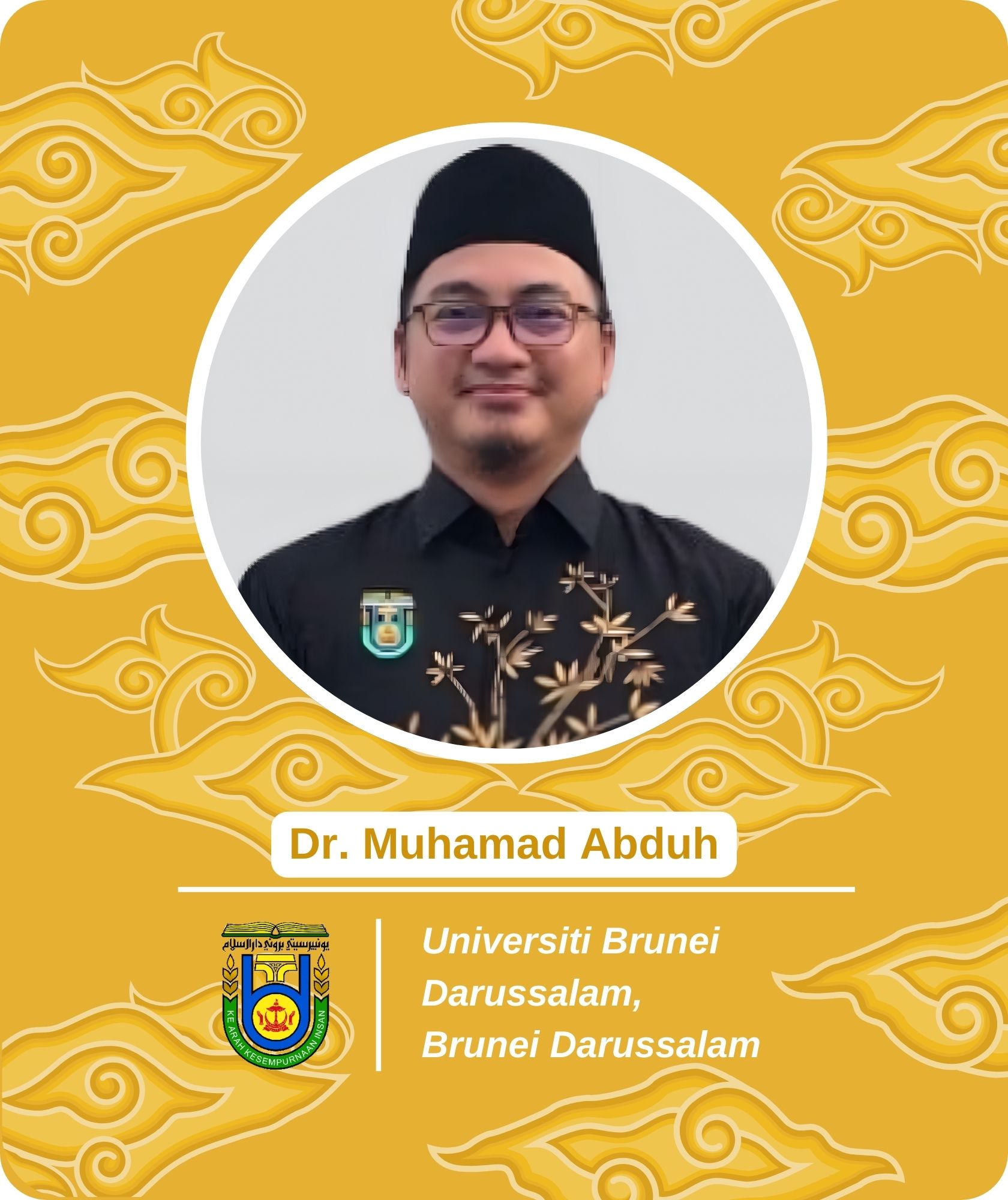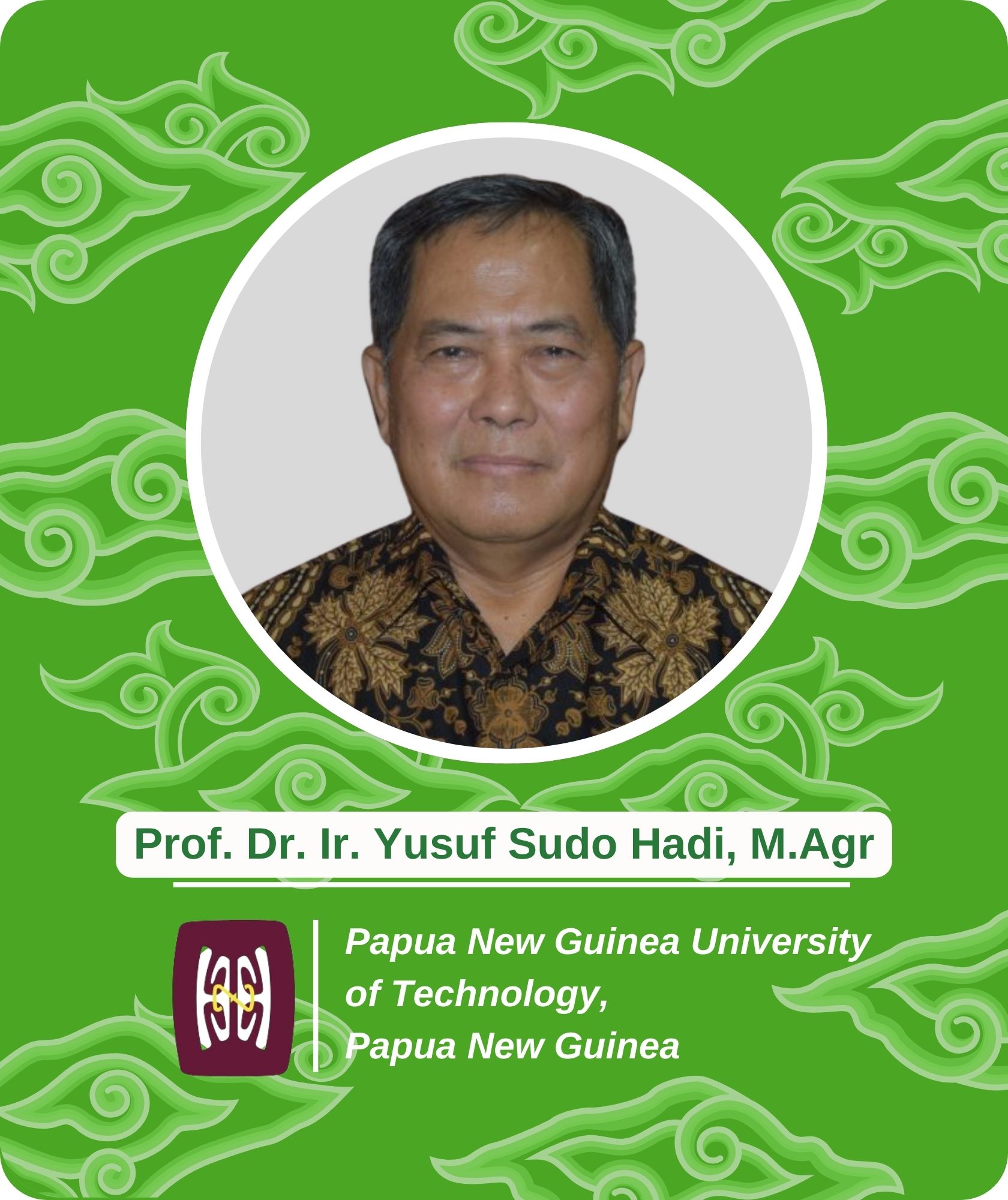Google Earth Engine for Land Use Interpretation using Panchromatic and Multispectral Composite Remote Sensing Satellite Imagery with Supervised Classification Approach to Support Food Security in Bogor Regency
Keywords:
Land use/cover change, Government, Land subsidence, National Strategic Project, Spatial planningAbstract
Bogor Regency is experiencing various complex problems in its regional development, including due to high population and land conversion. One of the problems was that Bogor experienced a food deficit condition of 52.28% in the 2013-2018 period and was projected to increase by 62% in 2025. The research was conducted by identifying land use in 2013, 2018, and 2023 to see land use changes, including conversion of paddy fields. Land use identification was carried out spatially using panchromatic remote sensing satellite images with a spatial resolution of 15 meters, which were composited with multispectral images with a spatial resolution of 30 meters. The purpose of composite imagery is to obtain better thematic accuracy of land use information by increasing the spatial and spectral resolution of the composite imagery used to 15 meters. Furthermore, land use identification was conducted using training samples and several interpretation keys. Training samples were verified with coordinates from the Indonesian Base Map and land cover maps from the Ministry of Environment and Forestry (KLHK). Land use interpretation results were validated with the Cappa index using KLHK land cover maps and satellite images from Google Earth. The results showed that between 2013 and 2023, paddy fields had the highest conversion of 110,000.25 ha in 2013 to 62,831.89 ha in 2023, or decreased by 15.77%. Cappa accuracy generated by the method is 0.984 for 2013, 0.939 for 2018, and 0.931 for 2023 data. With those methods, this research is expected to be used to identify more accurate land use and support better spatial-based food planning.




















